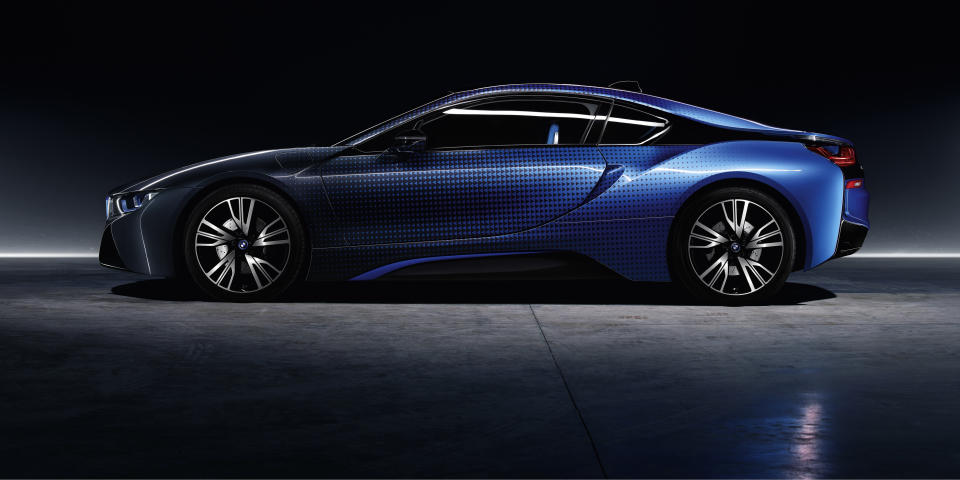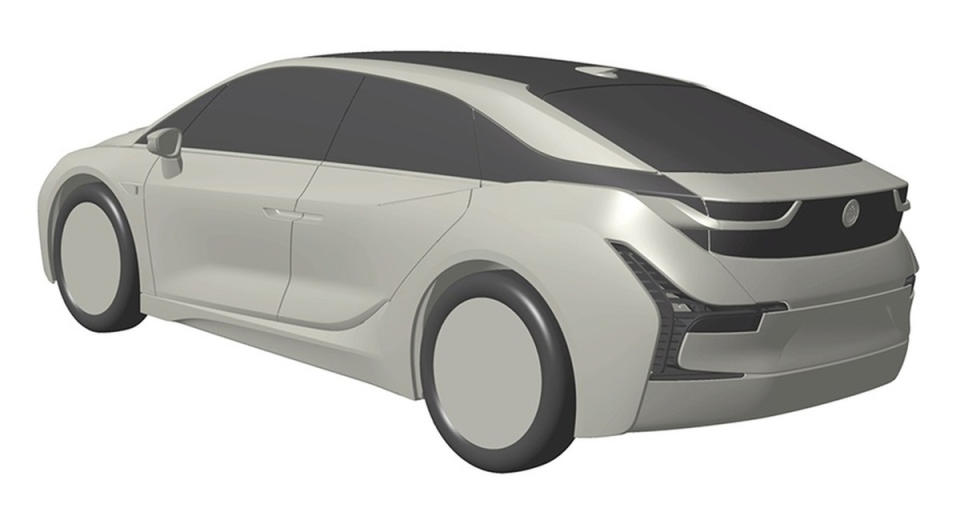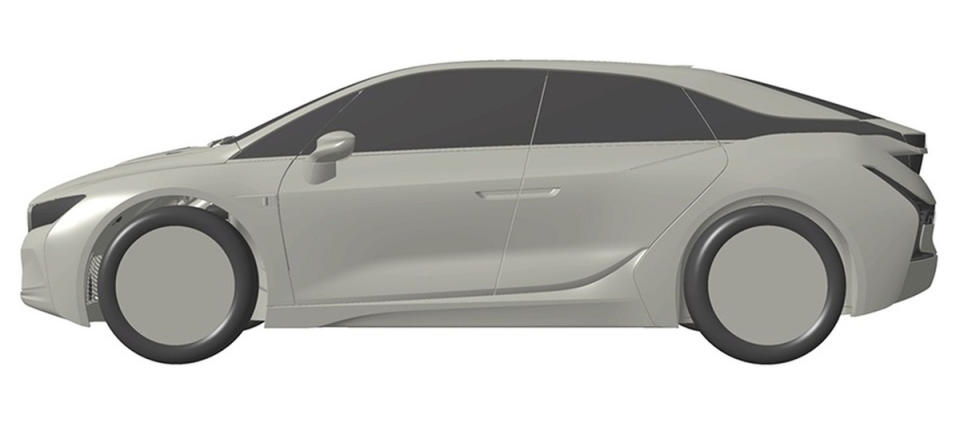BMW Needs to Accelerate its Electric "i" Brand

The Paris Motor Show had one clear message: In the next decade or so, the automotive world will go electric. It's not just about the Volkswagen Group getting out of the TDI situation using the "Think New" slogan and a whole bunch of battery cells-every major automaker has its eye on electrification in some shape or form.
Sure, the announcement that VW will launch more than 30 electric cars by 2025–with Audi replacing 25 percent of its lineup with EVs in less than a decade, staring with the flagship SUV Q9 in 2018–is huge on its own. But if you add Daimler sending more than ten models to compete with them, Volvo releasing its first all-electric car in 2019 and Jaguar Land Rover not far behind (cooking something up with the Formula E battery experts at Williams Advanced Engineering), it becomes obvious that the premium market will be packed with electric options, even if you don't take Tesla's still microscopic numbers into consideration.

BMW's problem is that while they were the first to launch an electric sub-brand in 2011, over the past five years, it's only come up with two cars. Sure, one of them is the undoubtedly fun i3 electric compact, and the other is the still-unbelievable plug-in hybrid i8, which the company continues to refer to as its electric sports car. Of course BMW has plenty of plans for the future. For now, though the automaker will talk all day long about its extended plug-in hybrid lineup, it also must be said that the i3 just got a bigger battery pack, with the i8 getting lighter and faster just in time for the i8 Roadster's launch in 2018. BMW has also confirmed the launch of its flagship, autonomous sedan called iNext in 2021, after which the i8's replacement can go full electric as well.
But then, what is this thing leaked from Japan's patent office?

If it's an almost-production-ready electric car the size of a 5 Series, good for BMW. Something like that would certainly come handy before 2020. There's also a rumor that BMW i's next big hit should be an SUV, given that's the most rapidly growing segment nowadays. The problem is, BMW's revolutionary "LifeDrive" electric architecture is hardly as flexible and cost effective as both Daimler's and VW's scaleable platforms. BMW is limited by what it can build.
LifeDrive cars consist of a carbon fiber tub and aluminum subframes, meaning that they are light and stiff, but also require unique parts to be designed and manufactured for each model. The carbon fiber is produced in Washington state, processed in Germany and then built into cars in another plant in Leipzig; the batteries come from Samsung. That has been BMW's strategy all along, and at the end of the day, the i car's carbon construction will remain a selling point as long as the competition sticks to more traditional shapes and materials.
Still, given the industry's aggressive electrification offensive and the fact that BMW can barely keep Mercedes-Benz from rising to the top as the numero uno premium manufacturer, the roundel folks might want to give the i program a boost of its own. Just hit it with 1000V in the heart.

You Might Also Like

 Yahoo Autos
Yahoo Autos 